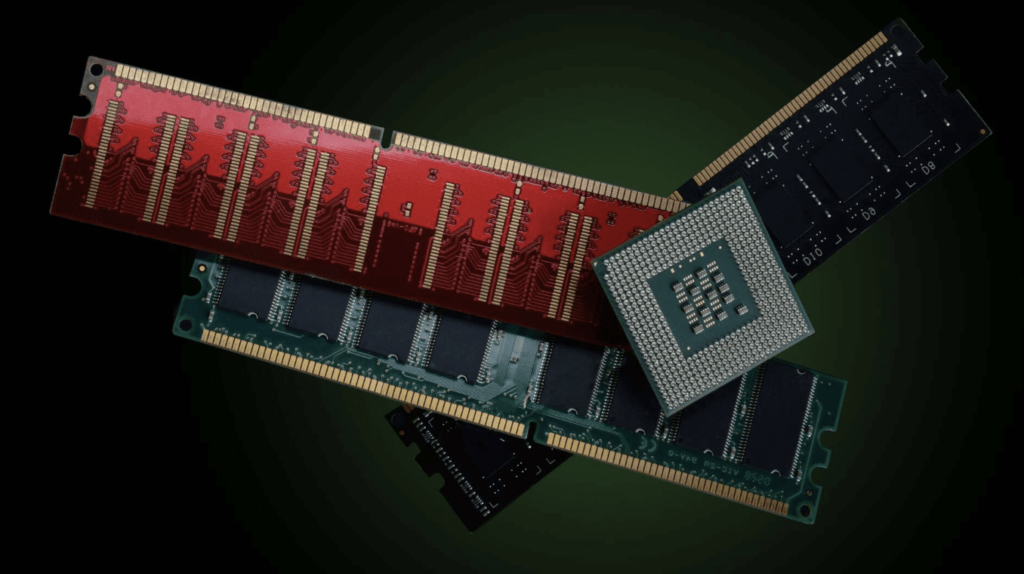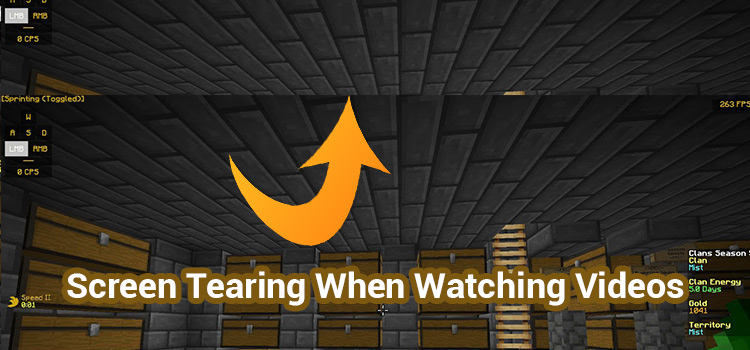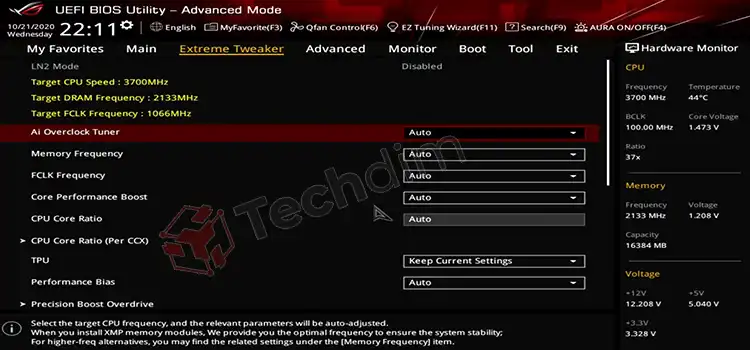How to Choose the Best RAM for Video Editing: A Detailed Guide
Video editing is a highly resource-intensive task, and ensuring your system is properly equipped with the right components is essential for smooth, efficient editing workflows. One of the most critical factors in determining your PC’s performance during video editing is the RAM (Random Access Memory). In this detailed guide, we’ll explore how RAM affects video editing performance, what specifications you should look for, and how to upgrade your RAM to make your editing process faster and more efficient.

How much RAM do you need
for Video Editing
Why Does RAM Matter for Video Editing?
When working with video editing software like Adobe Premiere Pro, Final Cut Pro, DaVinci Resolve, or any other professional editing suite, your system uses RAM to store large video files, timelines, effects, and rendering data. The more RAM your system has, the better it can handle multiple tasks simultaneously—whether it’s playing high-resolution footage, rendering video effects, or multitasking between several software programs.
If you don’t have enough RAM, your system will rely on slower hard drive or SSD storage, which can cause significant lag, crashes, or slow render times. Therefore, having the right amount of RAM is vital for a seamless video editing experience.
How Much RAM Do You Need for Video Editing?
The amount of RAM you need depends on the type of video editing you’re doing, the software you’re using, and the resolution of the footage you’re working with. Let’s break it down:
- Basic Video Editing (1080p)
For casual video editing, like YouTube vlogs, simple tutorials, or social media videos, 16GB of RAM should be sufficient. This will allow you to edit HD (1080p) footage with basic effects and transitions. - Intermediate Video Editing (4K)
If you’re working with 4K footage or higher, or doing more complex edits with multiple layers, effects, and color grading, 32GB of RAM is highly recommended. This amount will allow you to smoothly edit high-resolution footage, and even handle large 4K projects without slowdowns. - Professional Video Editing (8K or Heavy Effects)
For professional-grade video editing, such as 8K resolution projects, high-end visual effects, or intensive color grading, 64GB or more of RAM is often necessary. This amount of memory will allow you to work with large files, complex timelines, and heavy workloads without crashing or freezing your system.
Types of RAM to Consider for Video Editing
Not all RAM is created equal. When choosing RAM for video editing, it’s essential to consider the following factors:
- DDR4 vs DDR5 RAM
- DDR4 is the most common type of RAM used today in video editing setups. It provides a good balance of performance and price, making it ideal for most users.
- DDR5 is the latest standard, offering faster speeds and higher bandwidth than DDR4. However, it’s still more expensive, and only newer systems support DDR5. If you’re building a high-end, future-proof machine, DDR5 might be worth considering.
- Speed (MHz)
RAM speed (measured in MHz) can impact performance, but the differences aren’t always dramatic for video editing tasks. For video editing, 3200MHz to 3600MHz is usually sufficient for most tasks. Higher speeds like 4000MHz or 4800MHz may offer a slight boost, but the improvement in video editing is often negligible compared to the cost. - Dual Channel vs Single Channel
It’s always best to use dual-channel RAM rather than single-channel. Dual-channel memory gives better performance by allowing the CPU to access the RAM faster. When installing RAM, always install them in pairs of identical sticks (e.g., two 16GB sticks for 32GB total).
How to Upgrade Your RAM for Video Editing
If you find your current RAM is limiting your video editing workflow, upgrading is a relatively simple process. Here’s how you can do it:
- Check Your Current RAM
- On Windows, go to Task Manager > Performance > Memory to see how much RAM is installed and how much is being used.
- On Mac, go to About This Mac > Memory to see your installed RAM.
- Choose Compatible RAM
Ensure you choose RAM that’s compatible with your motherboard. Check the RAM type (DDR4 or DDR5), maximum supported speed, and the total capacity your system can handle. You can find this information in your motherboard’s manual or online. - Install the New RAM
- For Desktops: Open your case, locate the RAM slots, and install the new memory sticks. Make sure you seat the RAM modules correctly and in pairs for dual-channel configuration.
- For Laptops: Upgrading laptop RAM is a bit trickier and depends on the model. Many modern laptops have RAM soldered onto the motherboard, meaning it cannot be upgraded. However, if your laptop allows for upgrades, open the access panel, remove the existing RAM, and install the new modules.
- Check for Compatibility
Once you’ve installed the RAM, power up your system and check if it’s being recognized properly. On Windows, go to Task Manager > Performance > Memory to confirm the installed amount. On macOS, go to About This Mac > Memory. - Test Video Editing Performance
Open your video editing software and load a project to see how the system performs. Check if the render times are shorter, if multitasking feels smoother, and if large video files load faster.
Other Tips for Improving Video Editing Performance
While upgrading RAM is essential, there are other ways to enhance your video editing experience:
- Upgrade Your Storage
Switching from a traditional HDD to an SSD can greatly improve load times for large video files. If you’re working with 4K or 8K footage, consider getting a high-speed NVMe SSD for both your operating system and your editing files. - Improve GPU Performance
Video editing is increasingly relying on GPU acceleration. Investing in a powerful graphics card (GPU) can reduce render times and speed up playback, especially for software like Adobe Premiere Pro and DaVinci Resolve. - Optimize Your Editing Software Settings
Most video editing programs have settings that allow you to adjust how resources are allocated. Make sure you allocate sufficient memory to the program and adjust playback quality to optimize performance.
Conclusion
Upgrading your RAM for video editing is one of the most impactful changes you can make to boost your system’s performance. Whether you’re working with 1080p footage or tackling 4K or 8K projects, choosing the right amount and type of RAM can make a huge difference in how efficiently you can work. By following the tips in this guide, you’ll be on your way to a smoother, faster video editing experience.
When in doubt, always err on the side of more RAM. Video editing can be memory-intensive, and having extra RAM will ensure you don’t run into performance bottlenecks while working on your projects.
Happy editing!
Subscribe to our newsletter
& plug into
the world of technology





